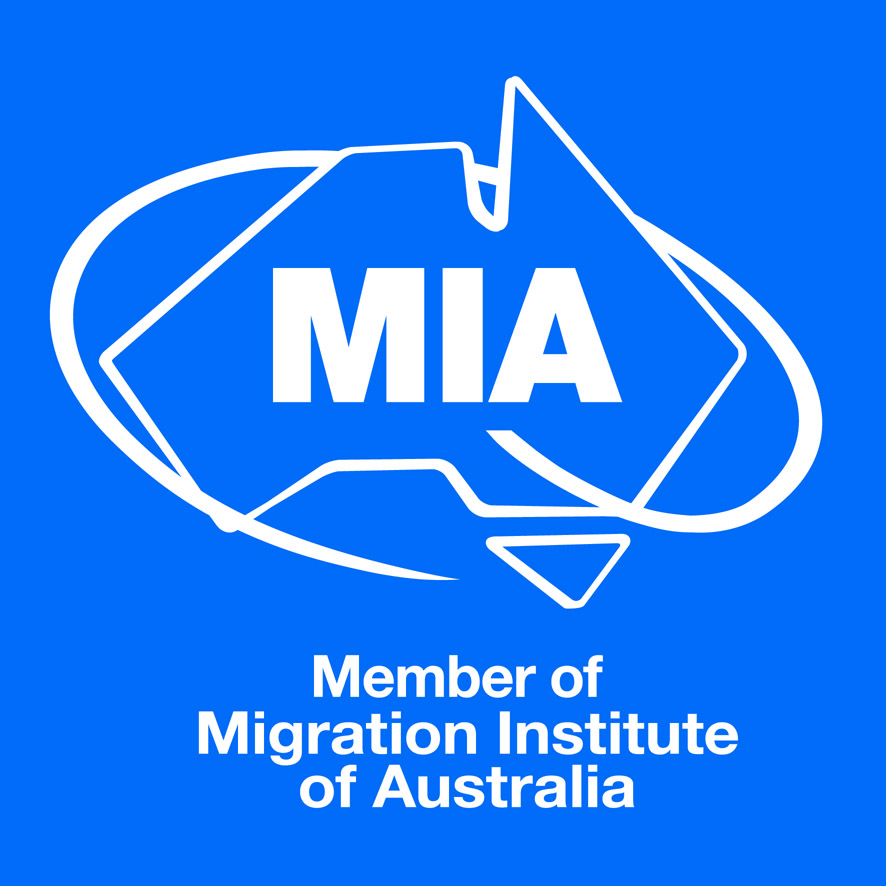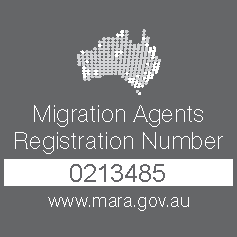The Australian Government is set to introduce changes to Australia’s migration program that will create more pathways to permanent residence in Australia for temporary skilled overseas workers.
Currently, the pathways for permanent residence for temporary skilled workers are limited and as a result the number of ‘permanently temporary’ visa holders in Australia is increasing.
The changes aim to not only attract skilled workers but to also provide employers and temporary skilled shortage (TSS) visa holders with more certainty and a simplified nomination process, ensuring Australia retains the skilled workers it needs. At this stage migration planning levels will not change.
What Are the Changes?
The planned changes will affect the Temporary Skilled Shortage visa (Subclass 482) and the Temporary Residence Transition Stream (TRT) of the Employer Nomination Scheme (Subclass 186) (ENS) and Regional Sponsored Migration Scheme (Subclass187) (RSMS) visa subclasses.
Temporary Skilled Shortage Visa
From 25th November 2023, the Australian Government will remove the limit on the number of short-term stream TSS visa applications that visa holders can make while in Australia. From this date all short-term TSS visa application can be lodged onshore. Previously, applicants were required to travel outside Australia to apply for a third short-term TSS visa. This change will provide significant improvements to the system as it reduces disruptions and inconvenience for both employers and visa holders.
Temporary Residence Transition Stream of the Employer Nomination Scheme and Regional Sponsored Migration Scheme Visa
Changes to nomination requirements for the Temporary Residence Transition Stream of the Employer Nomination Scheme and Regional Sponsored Migration Scheme Visa subclasses will also take effect from 25th November 2023.
Employers will be able to nominate holders of all TSS visa streams including the short-term and labour agreement streams for permanent residence however, the Regional Sponsored Migration Scheme visa will continue to be restricted to transitional subclass 457 and subclass 482 workers.
Nominated occupations will no longer be assessed against skilled migration lists however, the nominated occupation will need to be listed in the Australian and New Zealand Standard Classification of Occupations (ANZSCO) and the nominated worker will need to continue to work in the occupation for their TSS visa.
Changes will also affect work experience requirements. The period in which TSS holders are required to have worked in a position with their sponsoring employer will be reduced from three years to two years before nomination.
Changes will be made to age exemptions for regional medical practitioner applicants and high-income earning applicants aged 45 years and over to allow for a two-year pathway.
Many changes have taken place since the Australian Government’s review of Australia’s migration program. As with previous changes, these changes will provide a significant step forward in providing a more streamlined and accessible pathway to permanent residence for skilled workers making Australia an attractive destination for skilled professionals wanting to make Australia their home.
To learn more about any aspect of migration, contact the team of experienced registered migration agents at Visa Solutions Australia. Book a consultation.







